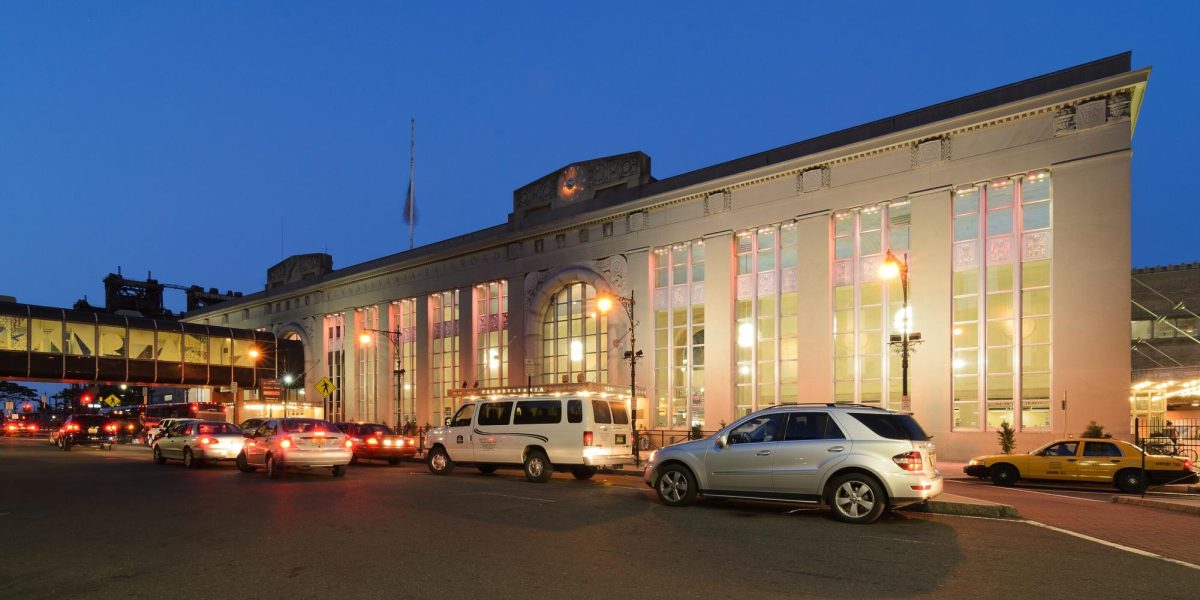One of the most important rail lines to Newark residents and students alike is the Northeast Corridor line. Stretching from New York Penn Station all the way to Trenton, it is one of the best forms of public transportation for north and central New Jersey residents. However, many people do not know the story of this rail line, which involves the steady industrialization of the state, mergers, and failed government bailouts.
The early years of railroad development in New Jersey were slow, as it was a mostly agrarian state. The first railroads appeared in 1815, built by the newly established New Jersey Railroad Company. This company, along with several others, would build numerous different railroads in New Jersey for the next half of the century, according to the New York Times. While some of these rails could connect to create a longer route, they often did not because although the New Jersey Railroad Company owned most of the rails in the state, some were owned by other companies.
In 1871, the Pennsylvania Railroad Company, or Pennsy for short, bought the rail lines in New Jersey and began incorporating it into their system of rails in Pennsylvania. Pennsy was a rail company that originally built a railroad connecting the Pennsylvania cities Harrisburg and Pittsburgh; by the end of the Civil War, this railroad stretched all the way to St. Louis in Missouri.
New York Penn Station was built in 1910, creating what we now know as the north end of the Northeast Corridor line. In order to connect to New Jersey, a tunnel had to be dug under the Hudson River. However, it would not be connected to the Northeast Corridor until 1915. This was followed by the announcement that electric rails would be implemented in 1925.
In 1935, Newark Penn Station opened; its original purpose was to be a gateway between the main Northeast Corridor and the Port Authority Trans-Hudson train, or, as it was called at the time, the Hudson and Manhattan Railroad. Pennsy was one of the greatest rail lines in the country, with 1946 being the first year that it did not make a profit. Pennsy and its main competitor, New York Central Railroad, merged in 1968, forming the Penn Central Transportation Company.
However, mismanagement led to the company to bankruptcy just two years later. This caused panic in Congress, leading former United States president Ronald Reagan to create the interstate railroad companies Amtrak and Conrail to relieve rail companies of the costs related to maintenance and service, respectively, according to New Jersey Transit. Conrail officially received the New Jersey railroads in 1976, but three years later, the state of New Jersey bought them back, creating the New Jersey Transit system and the Northeast Corridor line that several NJIT students use.
For those who want to read more about this topic, there are some amazing books on these topics in NJIT’s Van Houten Library. For online readers, “The Pennsylvania Railroad” series by Albert J. Churella is a phenomenal resource. The first book is available online through NJIT’s Library, with the third book releasing later this year. For those who prefer reading on paper, “Centennial history of the Pennsylvania Railroad Company, 1846-1946” by George H. Burgess is also a fascinating read that’s available at NJIT.































